As many as one in five of American Dog Obedience Center clients ask about running with their dogs. It’s a trend gaining in popularity, evidenced by human distance running events that currently include divisions for people running with their dogs.
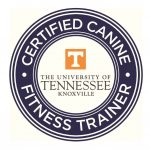
It’s understandable, people see their dogs running in the yard with so much joy. Logically, it’s easy to assume that more running would be better for these dogs – and a LOT of running would be best. We absolutely applaud everyone’s efforts to include your dogs in your leisure activities, creating exercise for yourselves AND them. First, however, let’s consider issues that relate to safety as well as enjoyment. 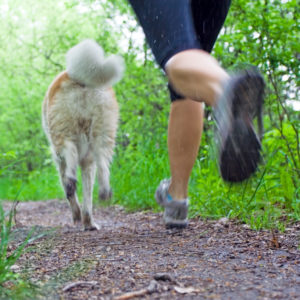
To most people, achieving “running” goals with a dog might seem only to relate to skills training. For example, teaching the dog its human’s choice of position and teaching the dog to maintain its human’s choice of speed. No doubt, these skills are very important. You want to run WITH your dog, not dragged behind your dog!
By “running” people mean for sport or exercise. Contrast this to your dog’s version of “running” in the backyard, smelling the earth and chasing wildlife. When people run, YOU don’t want to stop and sniff the ground or chase squirrels but, without training, your dog might be inclined to explore those dogly activities along the way.
Knowing you want to be your dog’s best advocate, let’s dig a little deeper into the dogly issues that surround this activity we refer to as 6-legged running. Human runners know that to become the best runners they can be, just running is not enough. Even the most basic principles human runners apply to themselves can reveal important issues to consider before running with your dog.
Running, as humans envision it, is a human idea, not your dog’s. S/he did not invent or suggest this activity. Your dog should reflect that running with you is mutually rewarding. 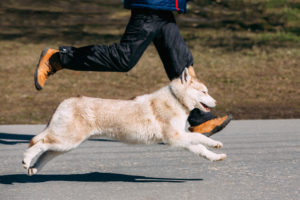
Growth plates matter – a lot. Everyone who lives with a puppy under two years of age should research growth plates. In short, growth plates are soft areas at the ends of long bones. Growth plates close (thin) as bones become longer and they normally close between 10 and 24 months of age. Your veterinarian can determine when growth plates have actually closed. The important thing to know is that until growth plates close, they are soft and vulnerable to injury. The most frequently referred to cause of growth plate injury is repetitive, concussive exercise with a young dog. (Not too surprising, then, that NIH states the top reasons for growth plate injuries in human children as falling down, competitive sports, and recreational activities.)
Consider the density and impact of running surfaces (concrete, asphalt, grass, dirt, sand) as carefully for your dogs as human runners do for themselves. Dogs don’t normally wear shock-absorbing or protective shoes so surface temperature and items on running surfaces (rocks, stickers) contact your dog’s bare feet directly. Agility dog handlers are known for their careful consideration of surfaces, to the extent that they rate “dirt” at various facilities. Their concern is for their dogs primarily, themselves secondarily. 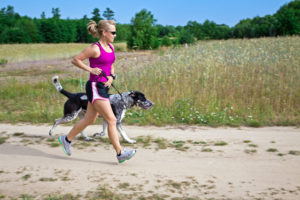
Human runners cross-train to develop more than their legs! They know that a strong core stabilizes their bodies while they run and supports proper form as they fatigue. Likewise, to improve your dogs’ endurance, with an eye toward injury prevention, your goal should be to empower your dog to maintain an activated core with every step along the way. That important goal requires a commitment to help your dog develop a fit and strong core. We can help with that!
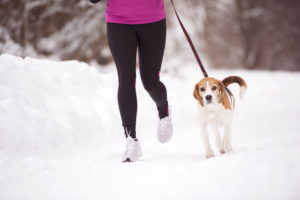 Kris Butler is a Certified Canine Fitness Trainer (CCFT) through University of Tennessee’s veterinary program. Just as we develop cross conditioning skills for competitive sporting dogs, we are also able to introduce you to fitness skills for your athletic running dogs.
Kris Butler is a Certified Canine Fitness Trainer (CCFT) through University of Tennessee’s veterinary program. Just as we develop cross conditioning skills for competitive sporting dogs, we are also able to introduce you to fitness skills for your athletic running dogs.
References:
www.niams.nih.gov/health_info/growth_plate_injuries/growth_plate_injuries_ff.asp
www.puppyculture.com/appropriate-exercise.html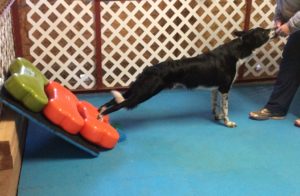
www.runnersworld.co.uk/health/top-10-running-surfaces
www.runtastic.com/blog/en/sports-fitness/top-6-core-exercises-you-should-be-doing-if-youre-a-runner/
Photos taken by or licensed to Kris Butler through Fotosearch,com.
Copyright 2017 Kris Butler, all rights reserved.
